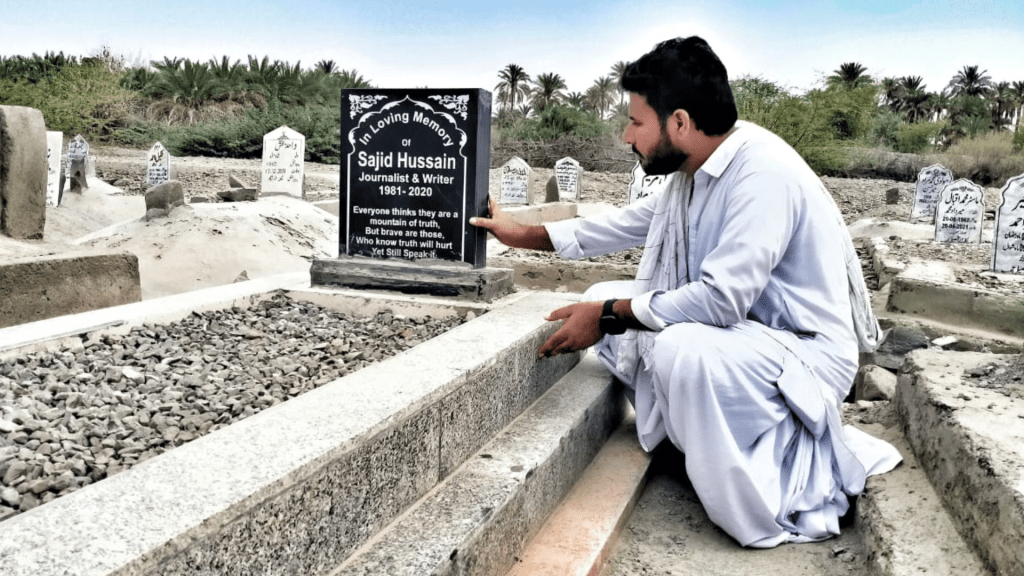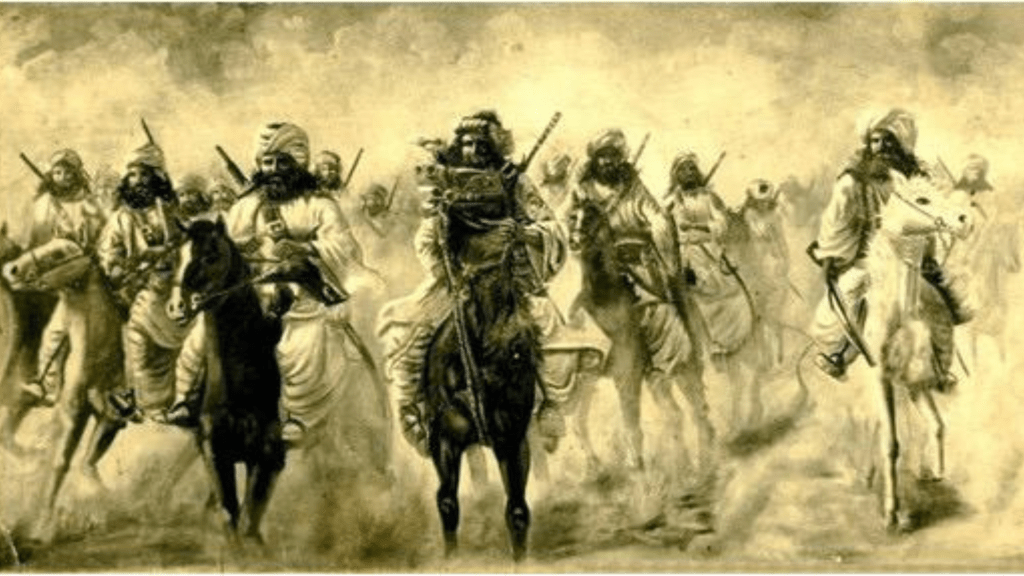A few days ago, I woke up in the morning pondering over the recent clash between Pashtun Tahafuz Movement (PTM) and the Pakistan Army in which the latter opened indiscriminate firing on unarmed civilians causing many casualties. The tweet of the Director General ISPR, Major General Asif Ghafoor, was echoing in my ears: “Identity crisis is a disease”. The trail of my thoughts suddenly took me back to memory lane when I was a young Baloch girl living in a predominantly Punjabi and Urdu-speaking locality in Karachi.
I was accompanying my aunt who was wearing a traditional Balochi outfit, to a clinic, as she had hurt her hand and required a few stitches. She demanded of the attending nurse to change the cover of the hospital bed she was supposed to sit to get the stitches, as the cover looked dirty and had already been used by another patient. The nurse flatly refused and uttered something rudely in Urdu which can loosely be translated as: “You are a Baloch. So don’t throw a tantrum and sit quietly”.
The nurse’s demeaning attitude towards the Baloch people made my aunt’s blood boil; she refused to receive any treatment from the clinic despite being in extreme pain. We left for another clinic.
Such incidents took place quite often.
I was in class three. Our favourite teacher was getting married. She had left the school but came back one day to invite faculty and staff to her wedding. She came to our class to drop a hello. After a while, some students were called out of the class and when they came back in, they were holding wedding cards. Those students shared one thing in common: they were all from “acceptable” ethnicities i.e. Punjabi, Urdu-speaking and Sunni.
My brother, myself and my two cousins were perhaps the only Baloch in the predominantly Punjabi and Urdu-speaking school. If I say I did not face any discrimination as a city Baloch girl in school, I would be lying through my teeth. My fellow students and teachers hinted racism many a times through phrases like “I don’t look like a Baloch”, with the underlying meaning that the Baloch are uncivilised people, who speak an uncultured Urdu and who wear ugly, old-fashioned clothes. I always found such comments insulting to my roots but for some odd reason I never tried to confront them.
The psychological impact of the Urdu-speaking and Punjabi cultural dominance was so deep, I remember asking my mother not to wear Balochi clothes for parent-teacher meetings. Since, my mother was raised and educated in Karachi, she speaks chaste Urdu with an occasional drop in of English words. But my father, who comes from the western Balochistan (Iran), had his pre-university education mostly in Isfahan and Tehran, although he did his masters from the University of Karachi. He speaks with a heavy Iranian accent, unlike my mother. So, I would make a plea to my mother not to send my father for the school meetings. I was proud of my father; he is a very learned man, and certainly more educated than many of my classmates’ parents but I still feared ridicule from my fellow students. I feared they would dismiss my father on the basis that he couldn’t speak to South Asian standards or perhaps I simply wanted to avoid hearing once again that the Baloch are uncultured and uncivilised people who can’t speak proper Urdu and English.
My brother went through the similar phase in his childhood . When we would step out of our house, he would ask my mother not to speak in Balochi.
Although, in spite of their psychological superiority over the Baloch people, I noticed that in our geography class everyone would proudly take ownership of Balochistan as one of their “integral” provinces and would even boast about its resources, coasts and strategic location. Yet the indigenous people of Balochistan somehow always remained unworthy of their stature.
Komal and I lived in the same neighbourhood, and we went to the same school. She was a year younger than I was. We occasionally played in our gated and guarded street. One day, she came to our house to play with the swing at our house. Her mother came calling her and I overheard her saying: “What are you doing in these Baloch people’s house?”
Saba lived in the same street as well. She was my friend and a Shia. Her family shared good family terms with my family and we were the regular guest at her house for annual Kundas, a Shia ritual. One fine day, we were playing and she told me: “You know Aapi (elder sister) hasn’t told anyone in school that she’s a Shia”.
“I’m going to go to a new school where I will not tell anyone I am a Baloch,” I responded and we both laughed.
The identity crisis that I went through or the discrimination I suffered as a Baloch in Karachi was not only from the people of power and governance but also from the so-called cultured society that made me into believing that if we don’t speak and dress like Punjabis or or the Urdu-speaking people, and/or if we don’t have the same lifestyle then we are not fit to mingle with them. Over the years, I realised that we do become somewhat tolerable and acceptable if we adopt their lifestyle and cut links with our roots and culture.
The discrimination I faced might be a subtle manifestation of racism as compared to what other Baloch students go through on a daily basis as they leave their ancestral pre-dominant Baloch towns to study and work in Karachi and other cities of Punjab. They do not only face political and economic discrimination from authorities but also become victims of racial slurs, mistreatment and physical assaults by their fellow Pakistani students, teachers and employers.
In my case, I was lucky to have sensible, learned parents who identified my self-conflicting behaviour which was an outcome of the social pressure rooted in racism and they intervened just on time and counselled me that there is no shame in being who you are. I was then raised on a principle that true nobility lies in embracing and respecting one’s own roots and culture and that it is not the identity crisis but unacceptability of a certain identity and culture and the racism that follows it is a disease. It is this disease that reduces an otherwise decent person to stoop to the level that is both reprehensible and infelicitous. The Baloch and all the victims of racism in Pakistan need to stand up for their rights and dignity and combat this disease in all its forms and manifestations.
Overall, the cultural biases and inequity, non-inclusive and unwelcoming attitude and the general disregard for the Baloch people in the mainstream Pakistani society are some of the factors that are paving the way for the systematic genocide of the Baloch people and give a freehand to the Pakistani Army to carry out brutal offensives against us with full impunity because they know they can easily get away with the blood of the Baloch. They chose Balochistan for the nuclear weapons, because they knew no one will say anything about it.
The Pakistani Army’s continuous unchecked brutalities, the attestation and indifference from society have reduced us, the Baloch, to third class citizens in Pakistan. The general and official callousness and lack of empathy towards the Baloch life and dignity have strengthened our resolve that the Baloch can never be able to lead a prosperous and dignified life under Pakistan and that in order to regain our dignity we should never give up on our struggle for freedom.
Maryam Khanzai is a humanist. She often campaigns for the rights of the Baloch people, especially the missing persons. Her interests include politics, literature and feminism.



